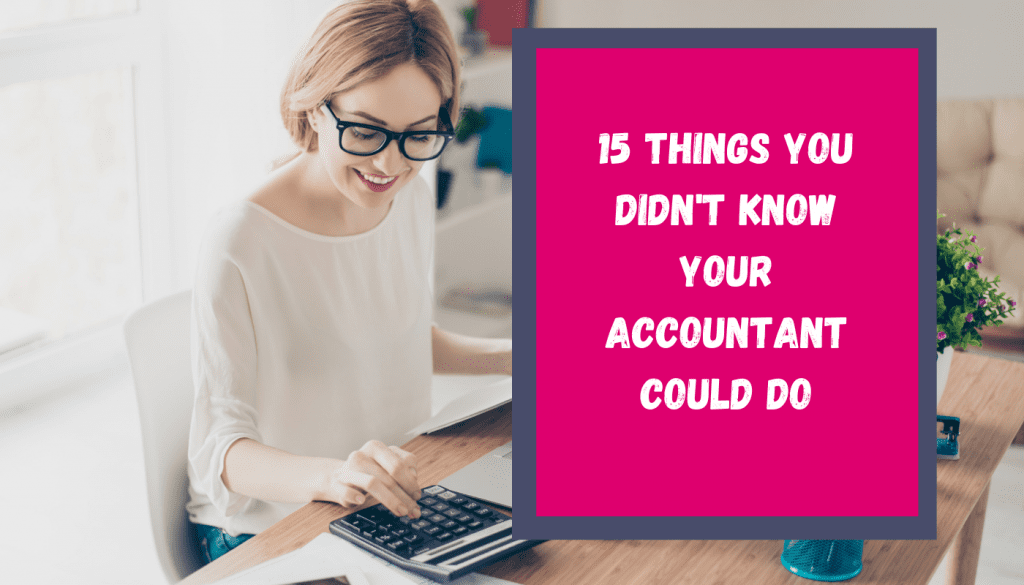
When asked “What does an accountant do?” many people answer with accounts, tax or compliance work. While that’s true, what…

When asked “What does an accountant do?” many people answer with accounts, tax or compliance work. While that’s true, what…

The UK budget took place on the 3rd of March 2021. Since then we have been getting more information through…

In line with the further extension of the CJRS furlough scheme for employees the chancellor has also set out further…

The current version of the furlough scheme that started on 1 November 2020 was scheduled to end on 30 April…

The Coronavirus pandemic has caused a lot of us to suffer from worry and anxiety over these past few months….

Working from home has its challenges. On its own, that shift in environment takes some getting used to, especially if…

Self-employment is quickly becoming an area of interest for many people. It’s not surprising really when you hear that UK…

Anti-money Laundering – sounds scary, doesn’t it? Our governing body (AAT) requires us to follow strict guidelines to help us…

For the last 12 months the chancellor has been pouring money to support the UK economy through the COVID-19 pandemic….